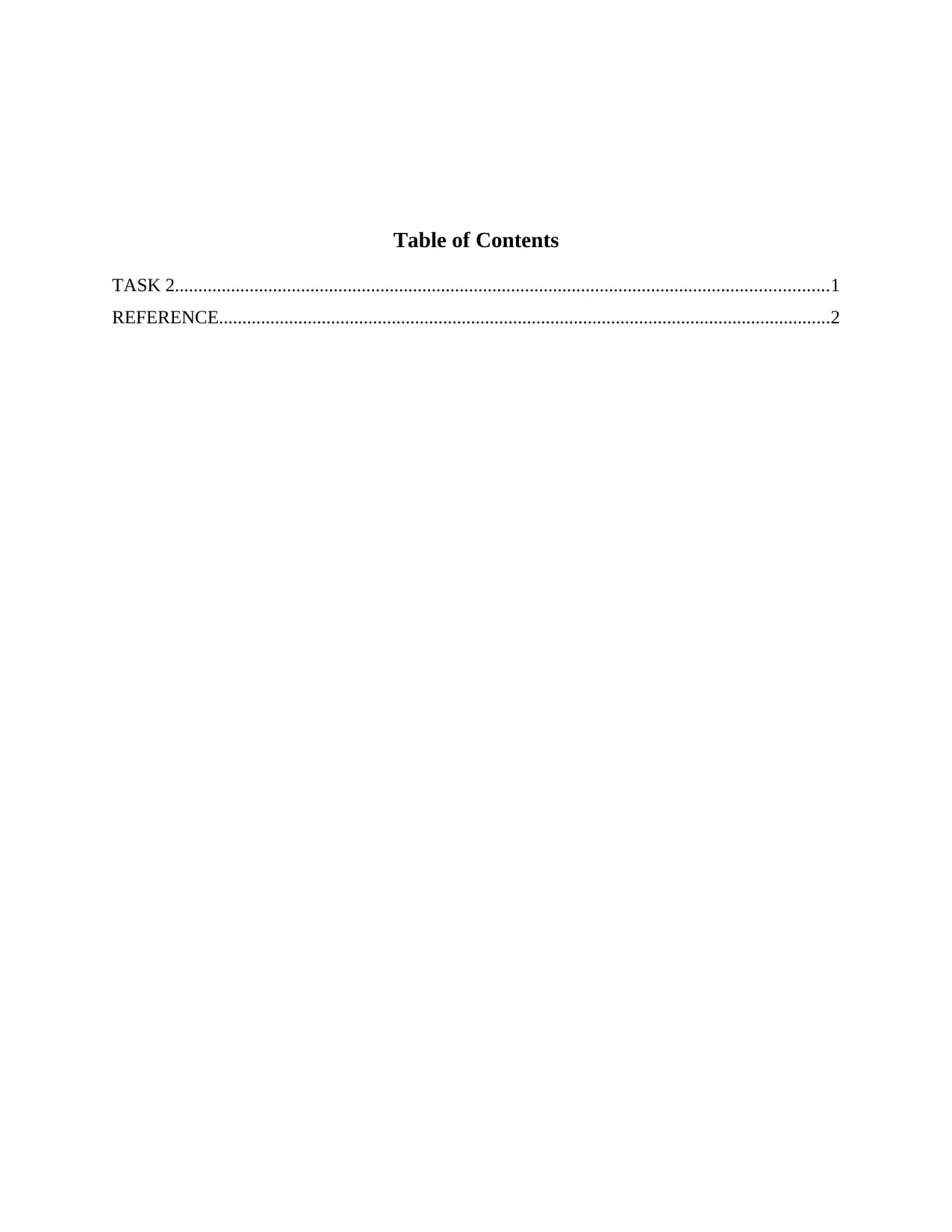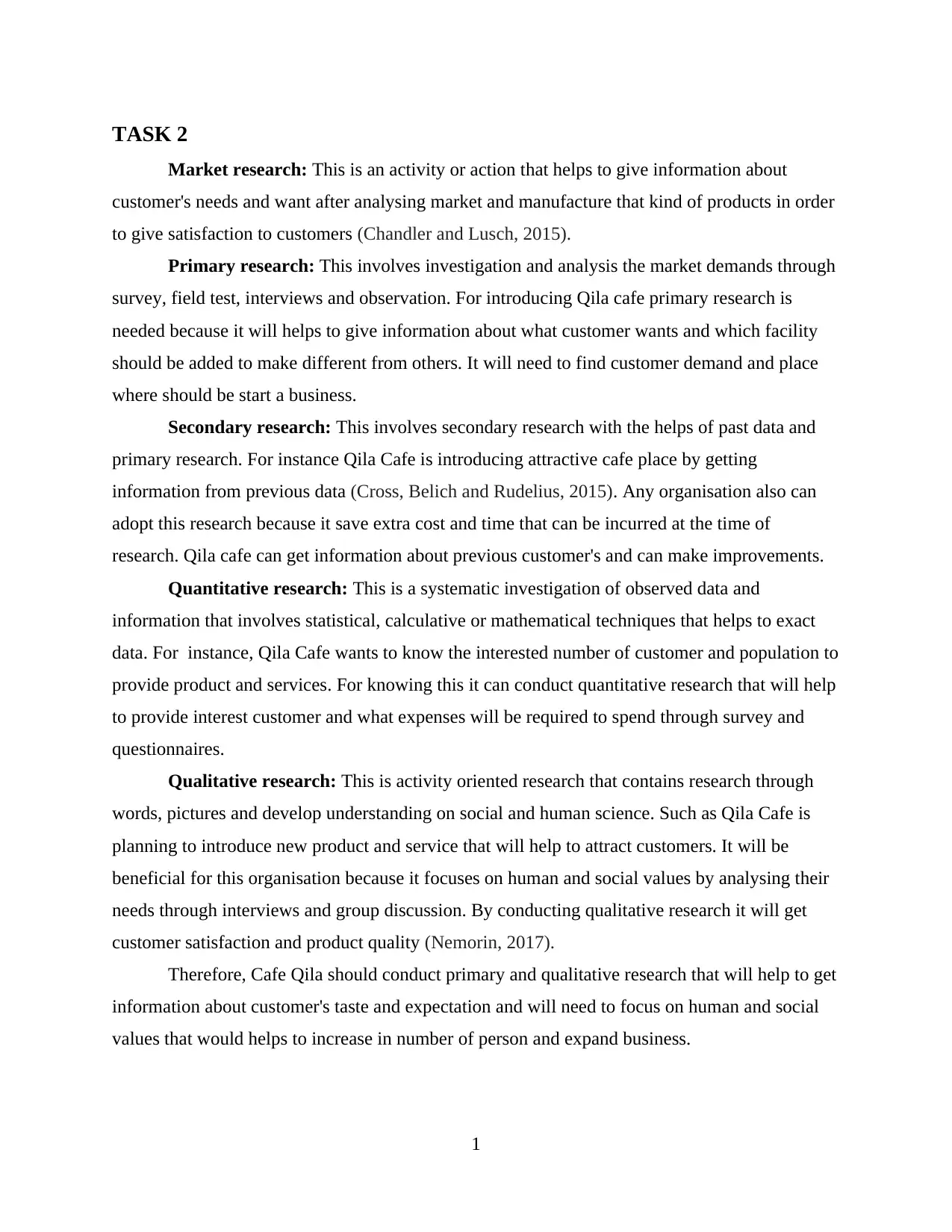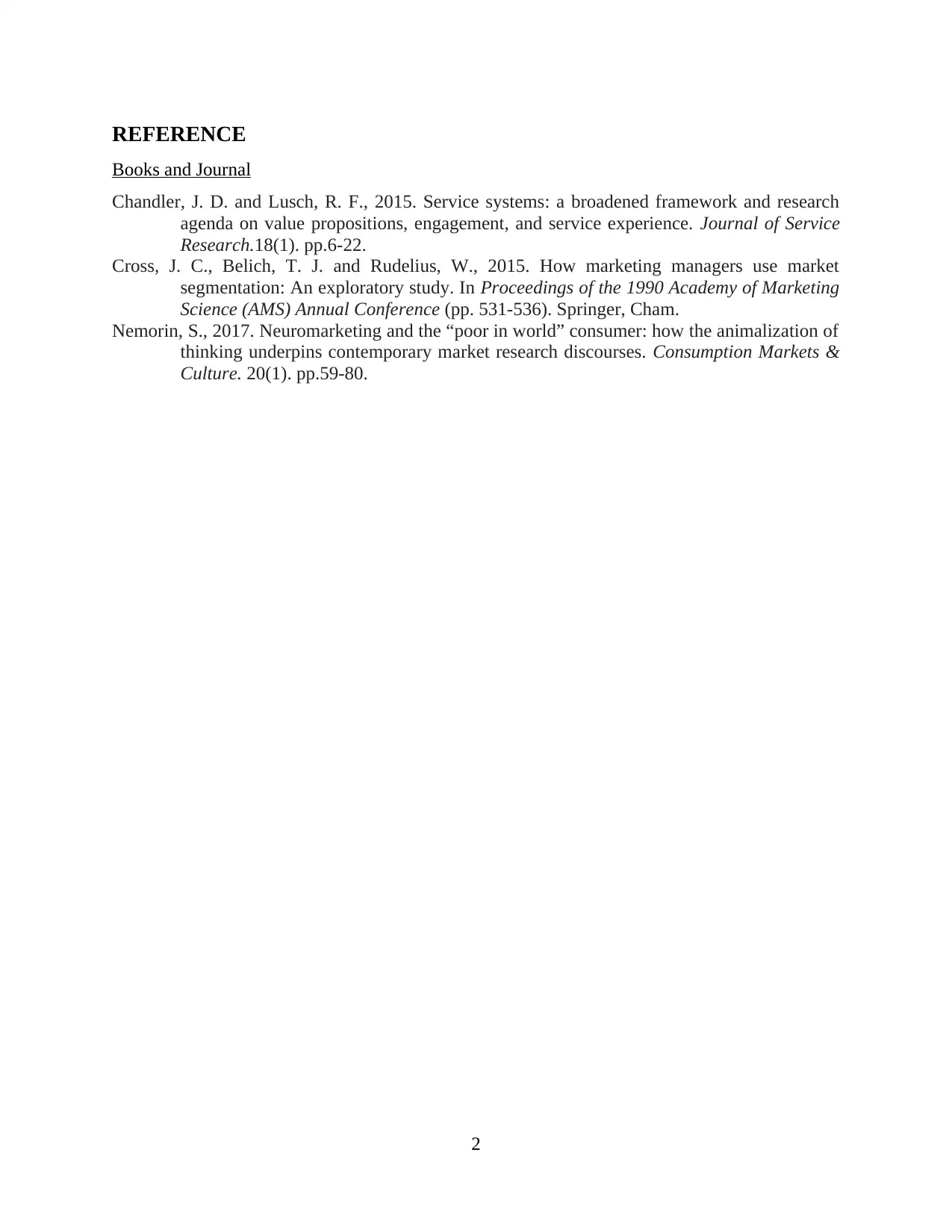Qila Cafe: Comprehensive Market Research and Strategic Analysis
VerifiedAdded on 2020/11/12
|4
|545
|66
Report
AI Summary
This report provides a comprehensive analysis of market research techniques applied to Qila Cafe. It explores both primary and secondary research methods, highlighting their importance in understanding customer needs and preferences. The report further delves into quantitative and qualitative research approaches, emphasizing how these methodologies can be used to gather valuable insights for product development and service improvement. The study emphasizes the necessity of conducting thorough market research to ensure customer satisfaction and business success, including the integration of human and social values in the research process. It also provides reference to academic sources. This assignment, available on Desklib, offers practical insights into market research strategies and techniques.
1 out of 4











![[object Object]](/_next/static/media/star-bottom.7253800d.svg)